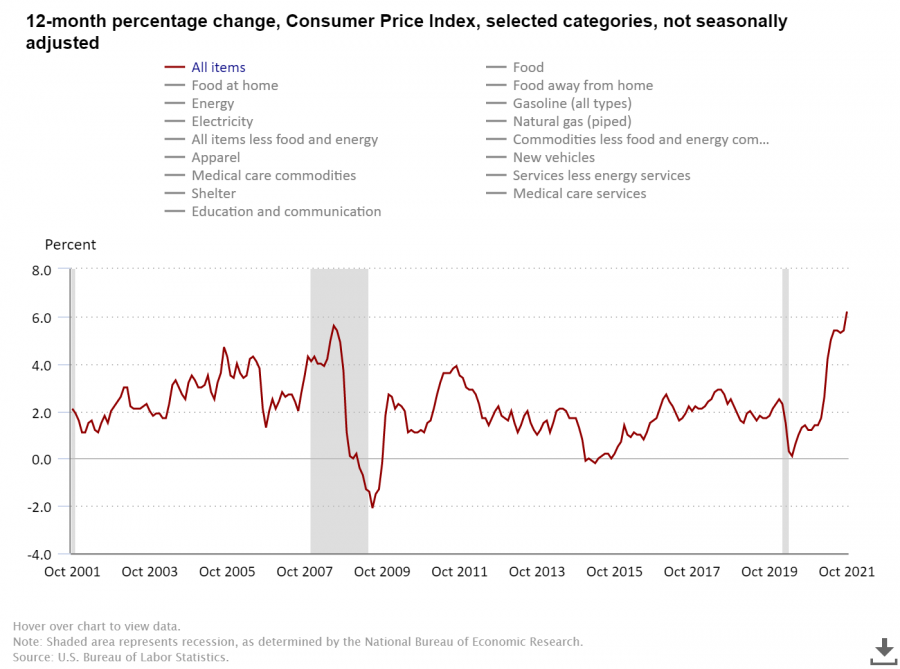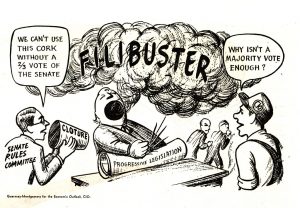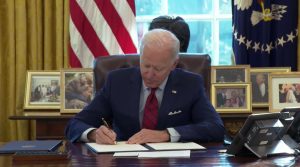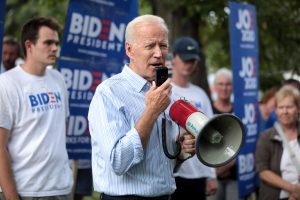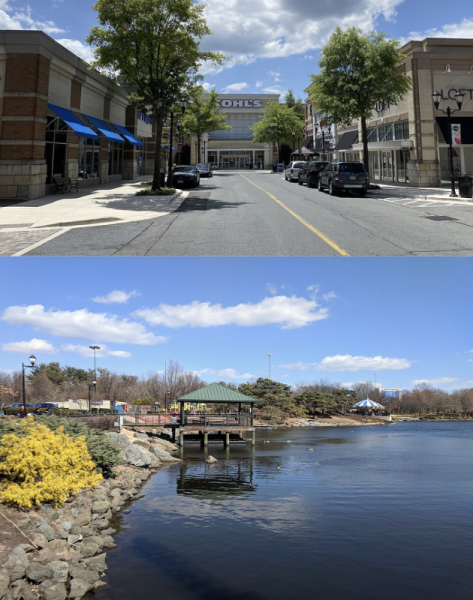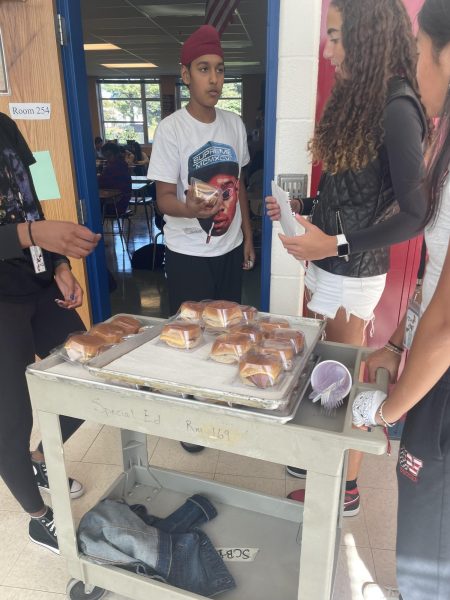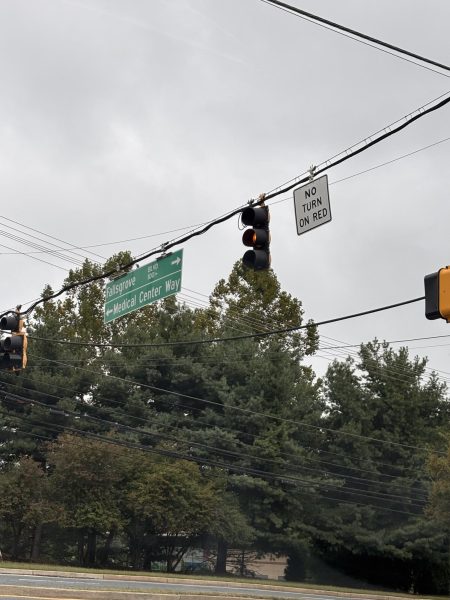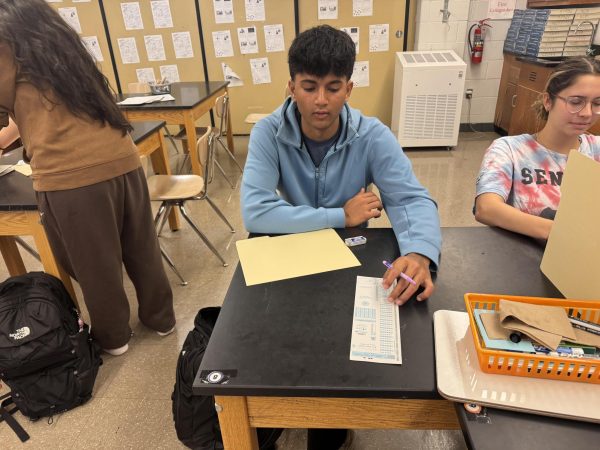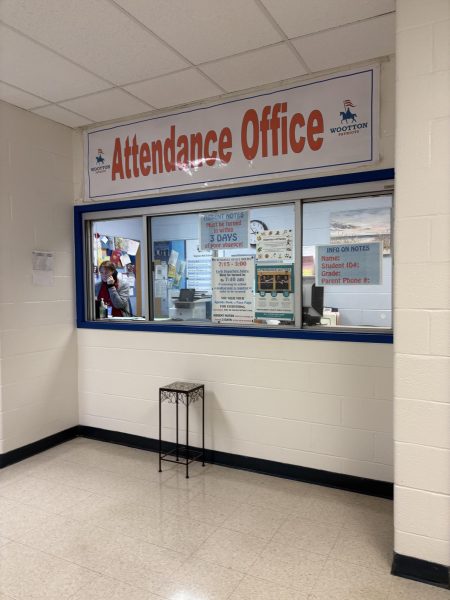Breaking down President Biden’s Economic Agenda. What lies ahead?
Chart courtesy Bureau of Labor Statistics
The Consumer Price Index spikes 6.2%, its highest jump in the past 31 years. Inflation fears may just be the blow to the $1.75 trillion Build Back Better Act that President Biden is trying to pass through the Senate as midterm elections approach.
President Joe Biden was expected to sign into law his long-awaited $1 trillion infrastructure bill on Nov. 15, a major breakthrough in his economic agenda that has seen a series of setbacks ranging from big losses in Virginia and New Jersey to uncertainty over key aspects of his plan.
The bill from Capitol Hill passed the House on Nov. 5, months after the Senate passed it back in August. The trillion dollar plan is particularly focused on repairing the country’s roads and bridges as well as expanding broadband internet access for rural and low income communities, according to the Associated Press. The bill is also a victory for climate activists, as an estimated $39 billion will be allocated to providing funding for clean public transportation, $7.5 billion will go to building electric vehicle charging stations, and $5 billion will go to the purchase of electric and hybrid school buses.
Now the focus is shifted on Biden’s $1.75 trillion “Build Back Better” plan, which would spend over half a trillion dollars on the country’s fight against climate change, one of the most ambitious and expensive investments in the fight against climate change the U.S. has seen.
It’s an already watered-down version of a $3.5 trillion resolution that originally was supposed to include “long-term investments in paid family leave, free community college, and Medicare coverage of dental and vision services,” according to Vox, to appeal to centrist Democrats like Senators Joe Manchin of West Virginia and Krysten Sinema of Arizona. And yet, there is a serious chance that it may not be enough, as Manchin continues to relay concerns over its already-slashed price tag due to inflation fears, according to NBC News.
On Nov 10, the Bureau of Labor Statistics reported that the Consumer Price Index (CPI), which measures the change in the price of consumer goods and overall inflation, jumped to 6.2% year-over-year, the biggest spike in 31 years according to the New York Times. Inflation poses the biggest threat to the Build Back Better agenda as economists, like Moody’s Analytics, the firm that Biden cites to promote the benefits of the bill, say that the bill is designed to spread spending over a longer period and slow inflation now by raising money by taxing wealthy Americans and redistributing that money promptly to the pockets of needy Americans who are more likely to spend it. The medium-term outlook on inflation is disputed, however, as Moody’s sees a 2.1% to 2.5% increase in inflation by the end of next year while Bank of America’s economic team sees a 3.2% inflation rate in the same time period.
Whether boosting a red-hot economy with already booming demand and supply chain shortages is the right move in Building Back Better remains to be seen. In the meantime, it might be wise to keep an eye on prices in the coming months. Let’s hope groceries don’t hurt 6.2% more than last year.
Your donation will support the student journalists of Thomas S. Wootton High School. Your contribution will allow us to purchase equipment and cover our annual website hosting costs.
Joaquin Moreno is a 2022 graduate.


